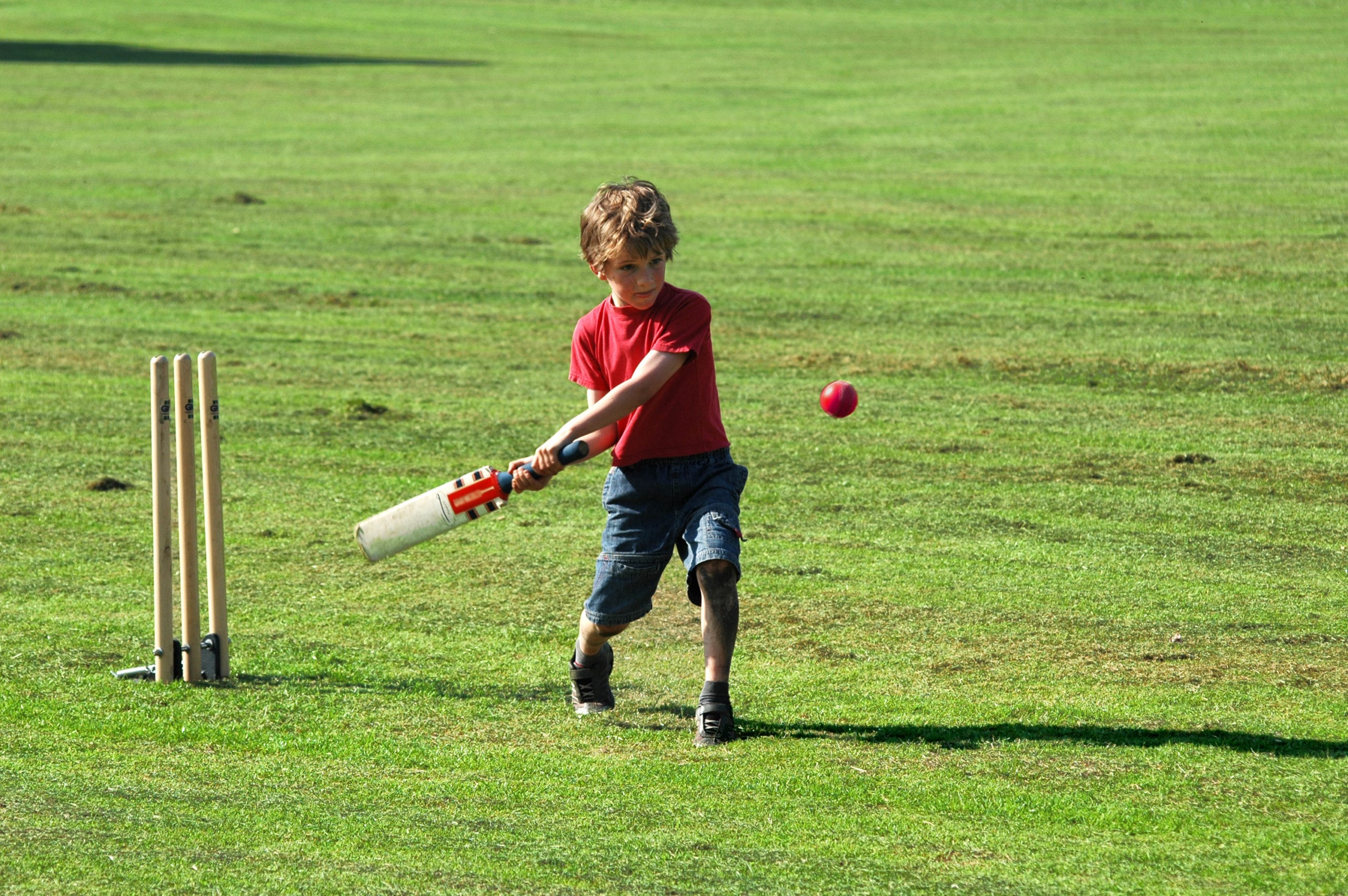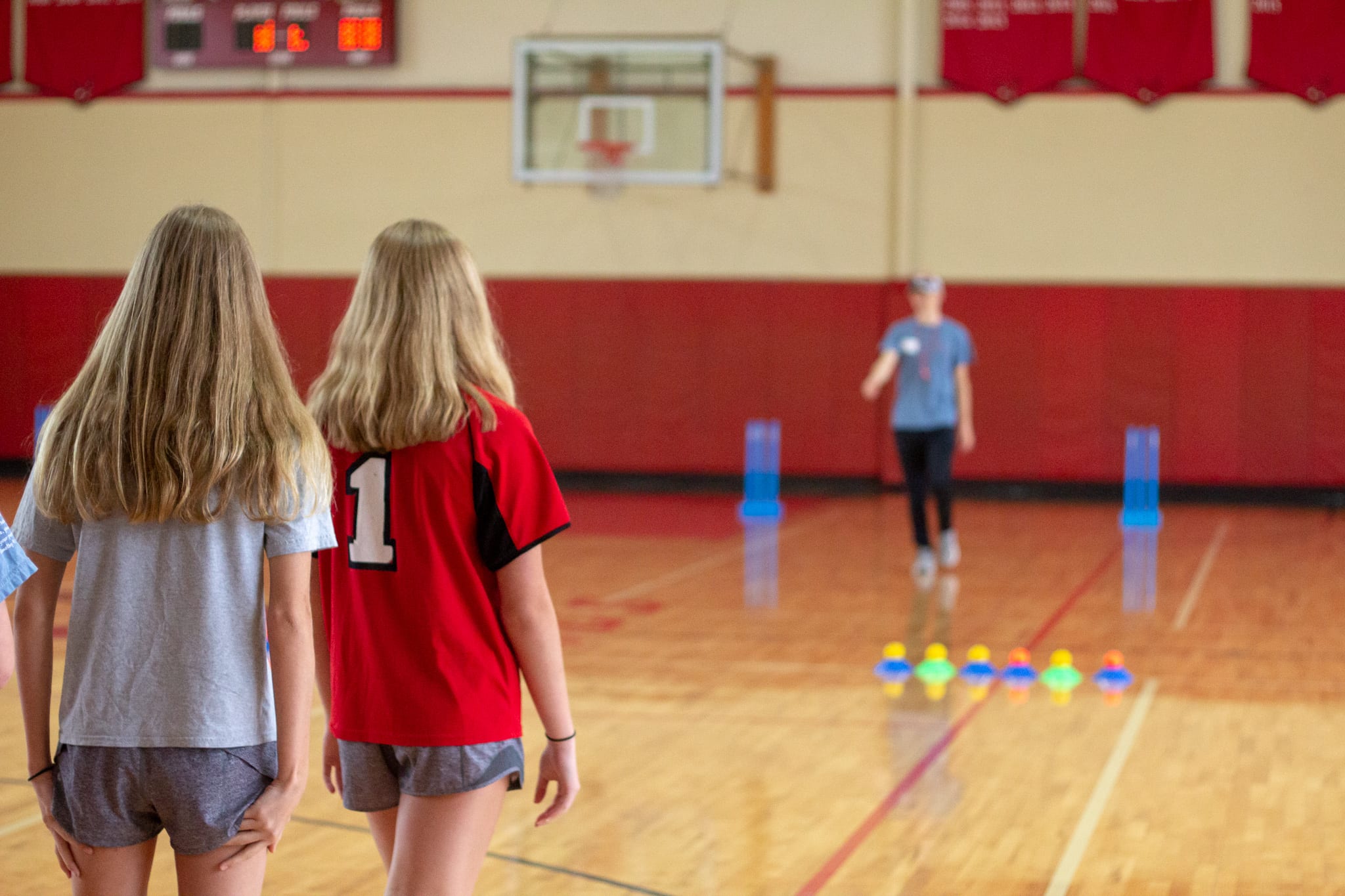Kids cricket isn’t as recent a development as you might believe. In fact, the sport may very likely have its origins as a children’s game, and it’s gained a lot of popularity around the world since that inception.
The History of Cricket
During Saxon or Norman times, one of the most popular children’s sports was a game called bowls. Eventually, the rules of the game were changed to include the use of a bat. This bat was similarly styled to the modern-day hockey stick.
It’s believed that this practice, whereby a batsman intervenes to prevent the ball from reaching its target, originated in the Weald. This was a densely wooded area in south-east England, with several clearings that served as the bowling greens.
The new method of playing quickly gained traction. In 1611, the first record of cricket being played as an adult game was written. And in that same year, one of the English dictionaries defined the sport as a game for boys.
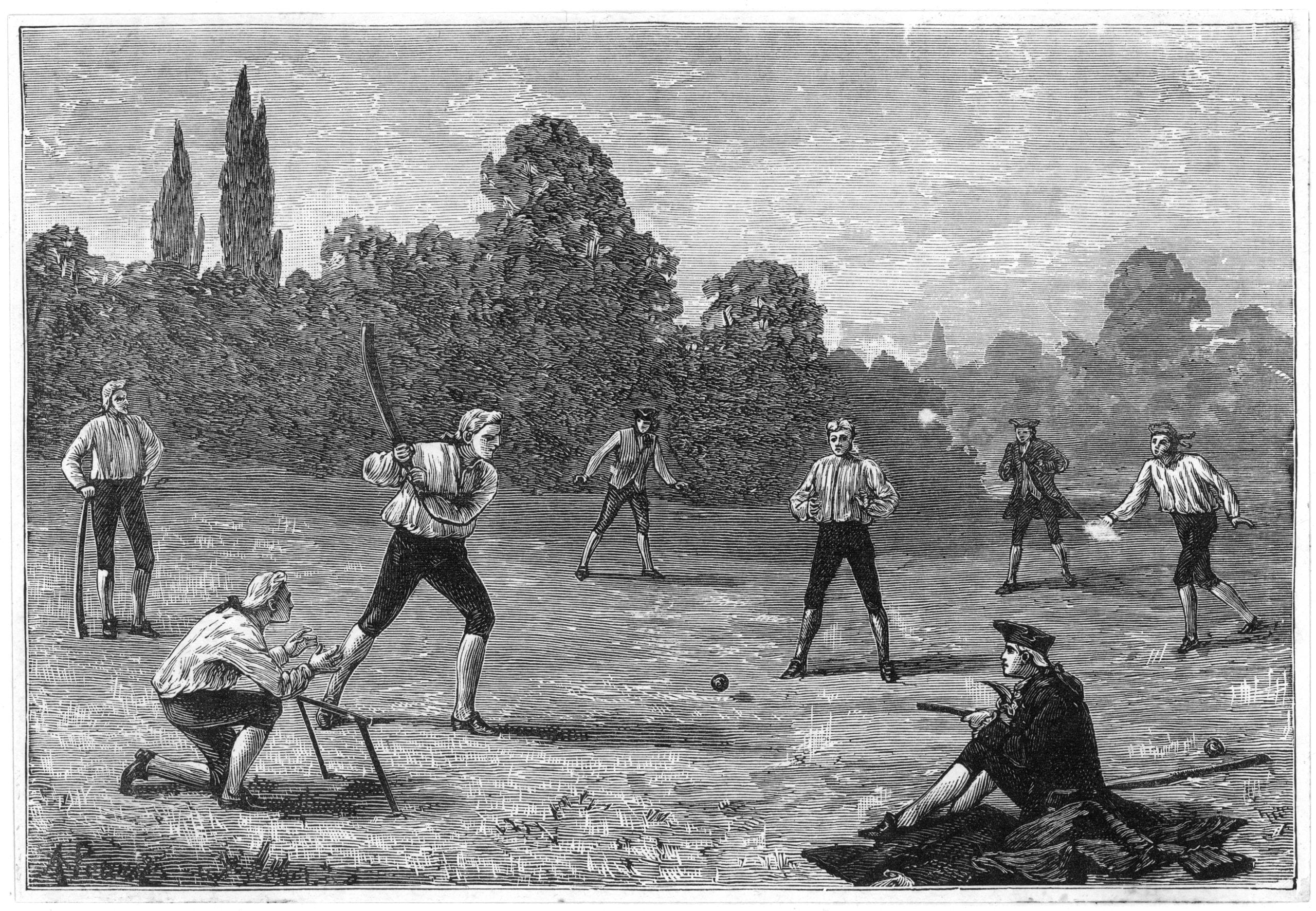
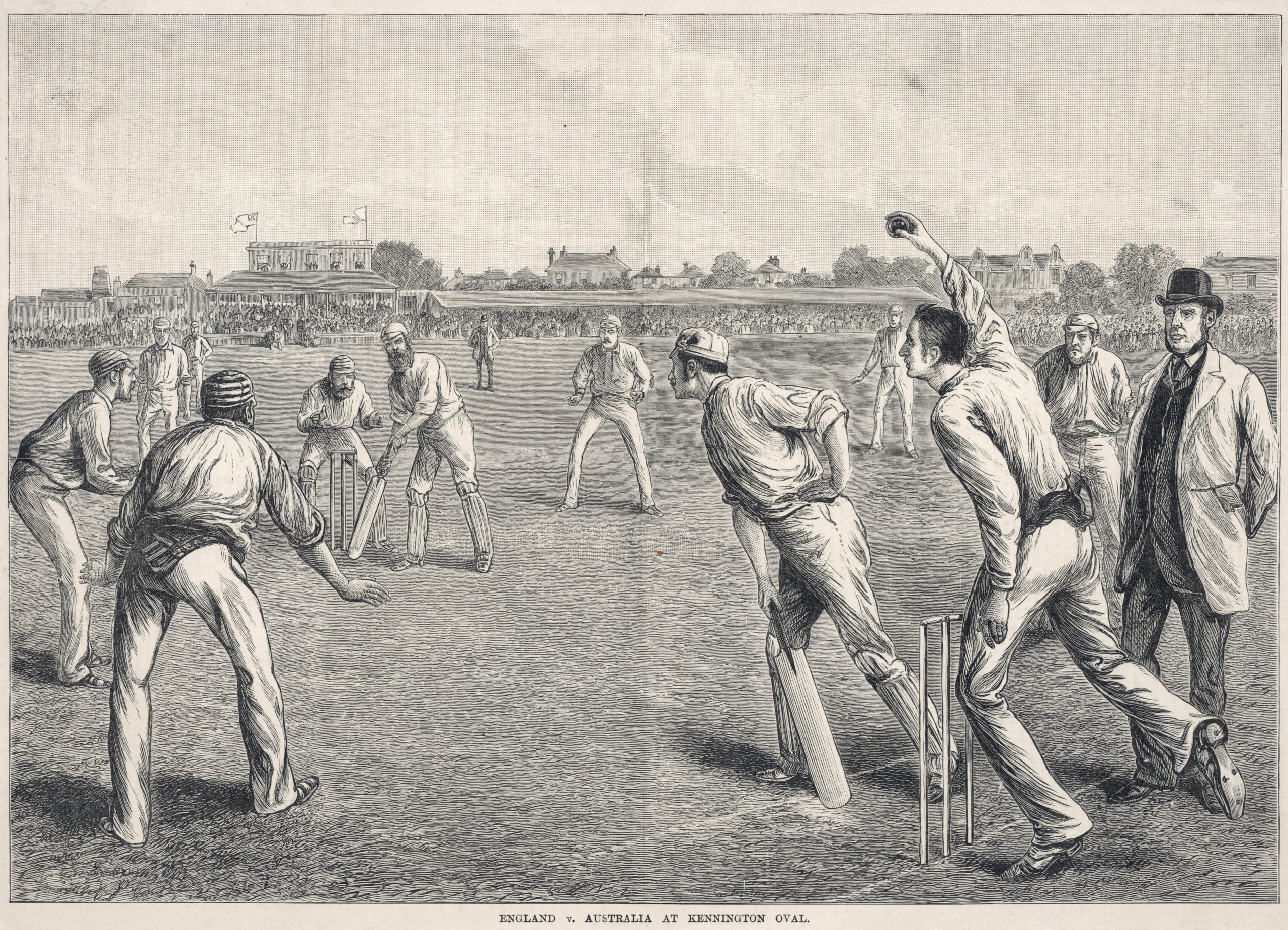
By the mid-17th century, the first cricket teams were forming in England as localized village clubs. In the second half of the century, the sport became so popular that they started forming county teams.
Village cricket “experts” were beginning to find employment as professional players. Not long after that, in 1709, cricket clubs started becoming known by their county names. London wasn’t slow to catch on: cricket was already one of the city’s leading sports.
The Cricket Laws
The game took time to spread from south-east England, mostly due to travel constraints. But it slowly gained popularity in other parts of the country, with the first ever Women’s Cricket match being playing in Surrey back in 1745.
Just one year before that, in 1744, early professionals got together and wrote the first Laws of Cricket. A few decades later (in 1774), these rules had to be amended because of all the new innovations being introduced. It’s from the updated version that we first hear about the middle stump, maximum bat width, and terms like “lbw” (leg before wicket).
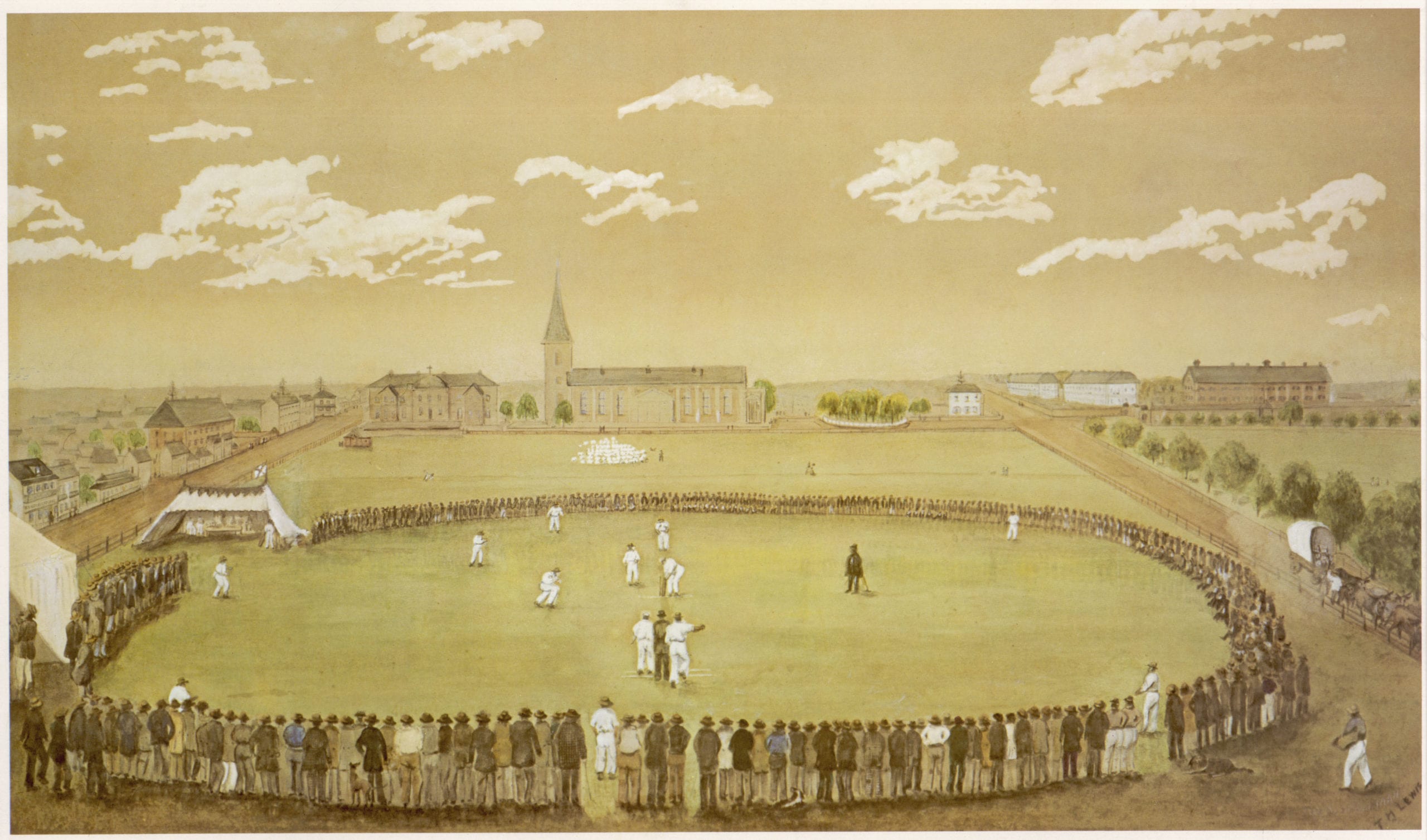

The now-famous Marylebone Cricket Club is rather proud of these rules. This is because it was founded by the members of the Star and Garter Club, who wrote the new cricket laws.
Marylebone Cricket Club (MCC) has been the custodian of the game’s rules ever since. You can thank them for all of the revisions that are still being made today!
How Cricket Became So Popular

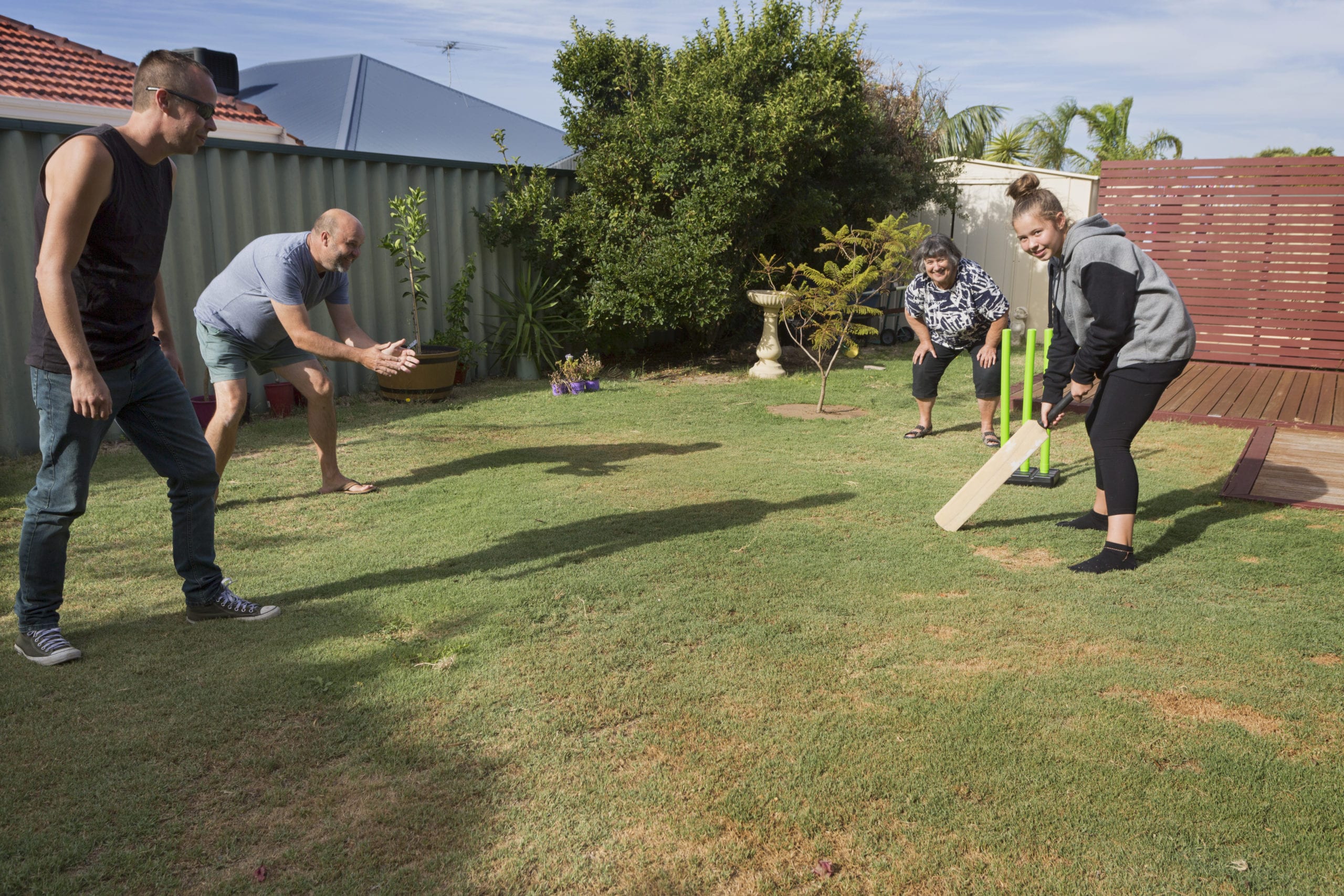
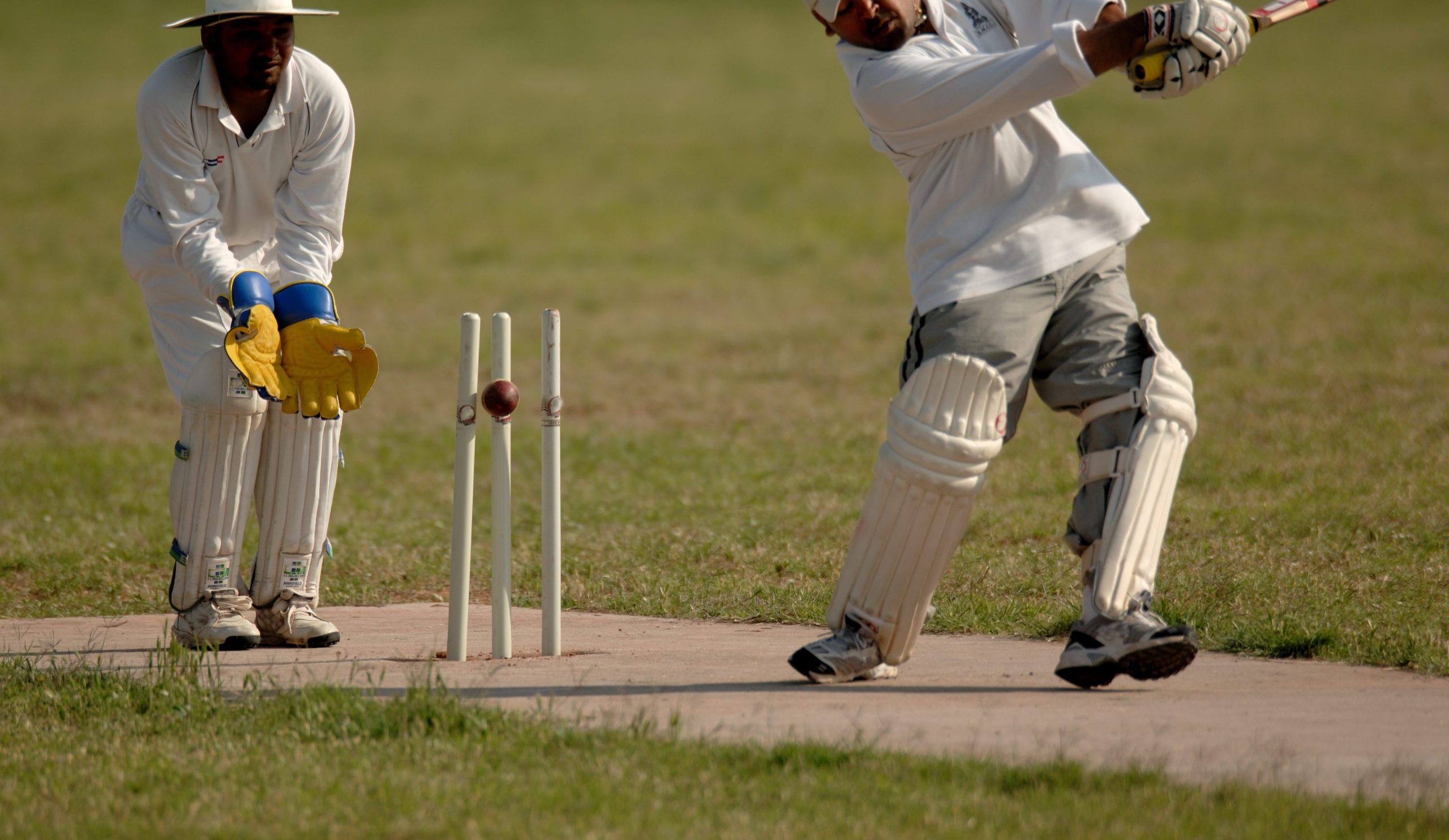
When England began to colonize other countries and continents, they brought the game of cricket with them. If it weren’t for the English settlers, we might not be playing cricket in Austin today. It was in the 17th century that America was first introduced to the game.
Other parts of the world soon followed. Colonists started playing cricket in the West Indies, Australia, and New Zealand, where it’s still a very popular game.
But India is easily the world’s biggest population of cricket fans. The British East India Company mariners started the tradition in the subcontinent. In 2018, the International Cricket Council (ICC) counted more than 1 billion cricket fans in the world - and at least 90% of them are from India.
Some people think that cricket is just a quaint relic of Britain’s long-gone time as a global superpower. However, the US has “enormous potential,” according to ICC Chief Executive Dave Richardson.
Our country really does have enormous potential. In fact, Forbes thinks we might be the key to helping the ICC achieve its goal of making cricket the world’s favorite sport!

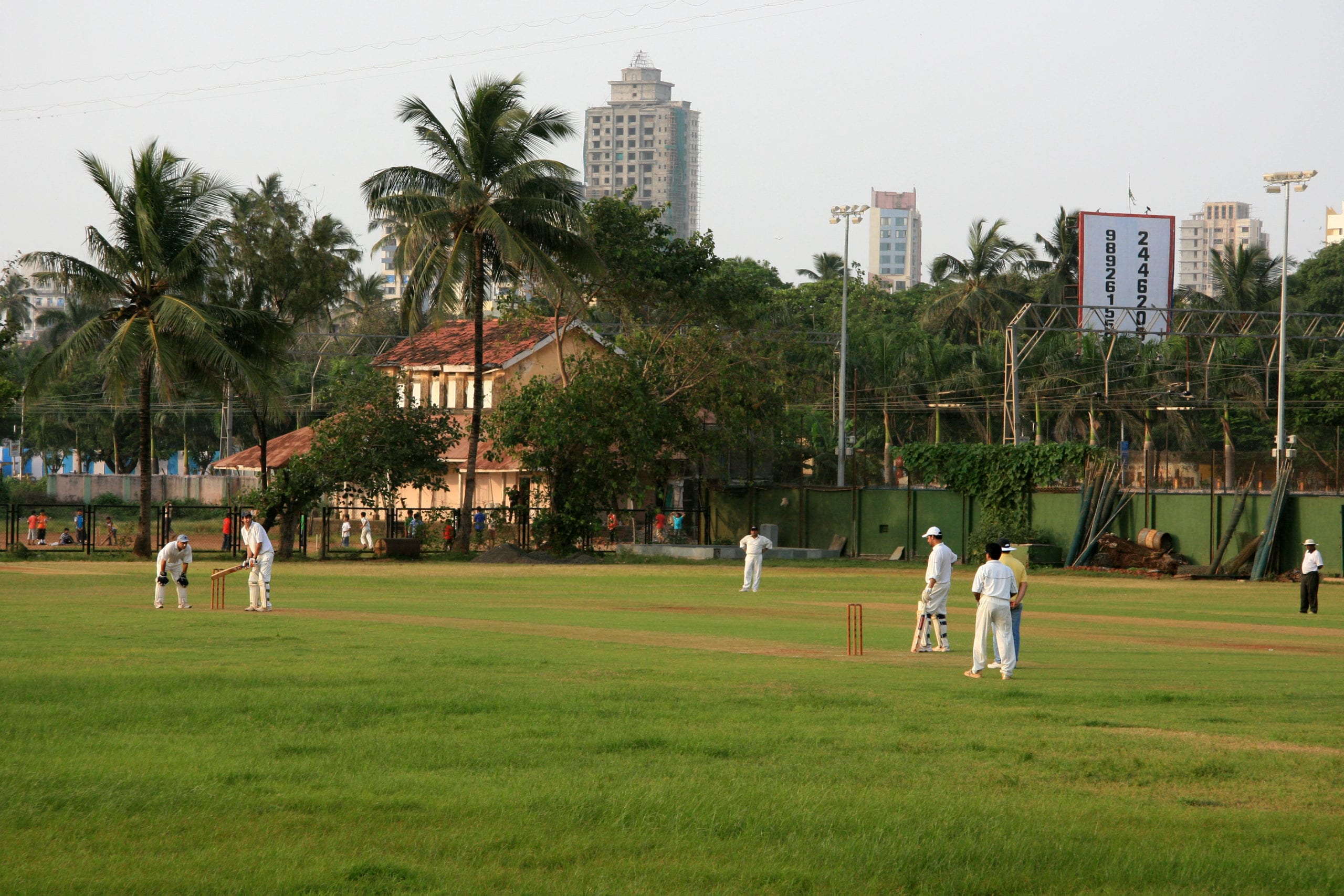

The 5 Reasons Kids' Cricket Should Be More Popular
Kids’ cricket in youth sports clubs is one way that we can make the sport more popular in the US – and not just so the ICC can reach its goals. There are a variety of reasons why kids need a sport like cricket in their lives.
Here are just a few of those reasons:
Cricket Helps Kids Exercise
Cricket might not look like a very active game at first, but there’s a lot of exercise involved. Whether you’re a fielder, bowler, or batsman, you can expect to do a lot of running. Bowling and batting also help to build upper body strength.
Youth Sports Are Essential for Happy, Healthy Children
As we've written about before, one major benefit of youth sports clubs is the way they help kids to not only stay active, but to build friendships. Cricket has a global community that brings fans from all over the world together, and it’s no different for the smaller clubs.
Cricket Helps to Build Resilience
When you’re learning to play cricket from a young age, you’re learning more than just how to play the game.
The sport is a great way for kids to build resilience, because there’s lots of practice involved. And even if your kids’ cricket club loses a match, that camaraderie will put them back in good spirits and see them back on the pitch again for the next game.
It Helps Improve Concentration
Because of their seemingly boundless energy, kids can often get restless and fidgety. Playing cricket helps them to expend a lot of that energy.
And of course, when you have a cricket ball flying your way, you need to focus. Even though cricket is mostly a summer sport, it can help improve concentration off-season too. That can also mean better grades in school.
Kids Need Role Models
As kids are still developing, they need as many positive role models in their lives as possible. Cricket coaches are exactly that; teaching young sportsmen and sportswomen important life skills like restraint, courage, and dignity.
Try Cricket Today
If you’re still skeptical about the benefits of cricket, we encourage you to let your kids try the Sports Movement Cricket Summer Camp. During the summer camp, our professionals teach your kids the ins and outs of the sport. All equipment is provided, and at the end of the 5-day camp, your kids will receive a free soft cricket ball, a free t-shirt, and a Certificate of Achievement – plus, fun memories for life.


